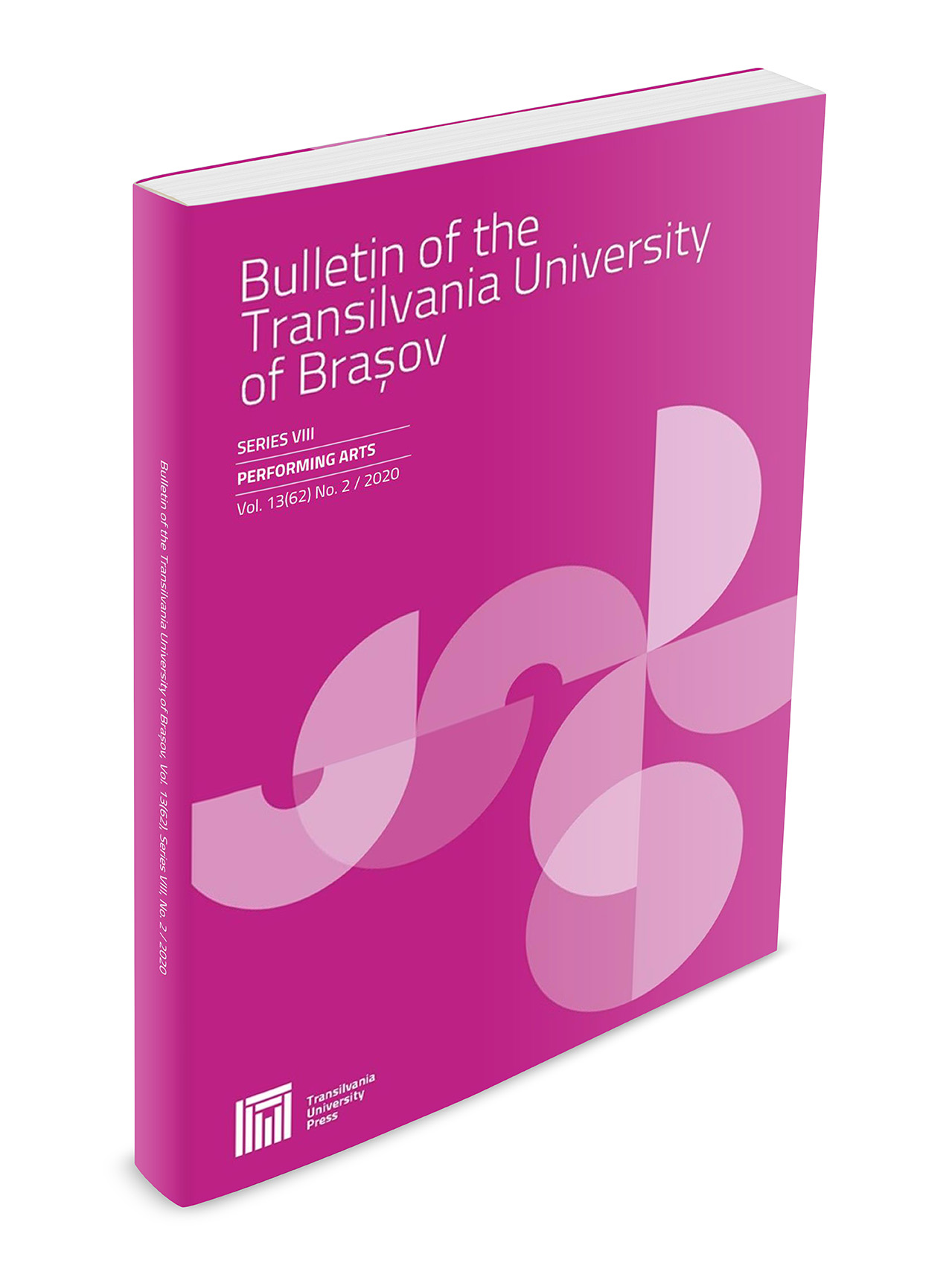Alban Berg – Concerto for violin and Orchestra “In Memory of an Angel”
Keywords:
concerto, series principle, orchestration, triple meter, sixtysecondAbstract
The concerto bears this subtitle from the tragic event (becoming itself ominous, which will determine Berg to interrupt his work on the opera Lulu with whose orchestration he was concerned): the death of the young Manon Gropius (daughter of Alma Mahler), which has deeply marked the composer. In less than three months he composed the Concerto for violin and orchestra dedicated to this young woman, dead at the age of 18. Alban Berg's concerto has a two parts form: I - Andante, II - Allegro, each part being in turn subdivided into two parts: I = Andante and Allegretto and II = Allegro and Adagio. This "binomial" symbol is met in the antinomic presentation of the dodecaphonic series of the concerto. Part One of the Concerto for Violin and Orchestra by Alban Berg is divided into sections: Andante and Allegretto (scherzando). The second part of the concerto is divided into two sections that are also played without interruption: Allegro (bars 1-135) and Adagio (bars 136-230). The allegro of the second part, in triple meter (3/4), starts in sff and fortissimo on an ensemble chord. The orchestra, organized on groups of instruments, with solo interventions, reveals a transparent texture. The solo bass clarinet sustains the low voice, on jumps over major seventh, minor ninth, and minor sixth intervals, on which the violas and the bassoon overlap in harmonic intervals. The last four rounds of the series: B - C sharp - E flat - F (9,10,11,12) form a sequence of whole steps and represent the beginning Choral of the Cantata No. 60 - O Ewigkeit, du Donnerwort by Bach.Downloads
Published
Issue
Section
License
Copyright (c) 2013 Bulletin of the Transilvania University of Braşov. Series VIII: Performing Arts

This work is licensed under a Creative Commons Attribution 4.0 International License.




